How Can you Prepare for Childbirth?
Think of preparing for childbirth like training for a marathon...you wouldn’t just show up to the marathon and hope for the best!! You would train and get your body ready to handle the intense physical challenge you’re about to face. Childbirth requires a similar mindset, and here are some of the things you can do to prepare for childbirth!
P.S. And guess what?! Kegels are NOT the answer!
Learn about Childbirth
A great place to get started is by taking a class to learn what to expect during labor and delivery. By understanding the changes your body is about to go through, you can mentally prepare for this ‘marathon’.
Exercise
Maintaining or increasing your pre-pregnancy activity levels will help you stay strong and decrease the number of aches and pains throughout your pregnancy. Not only is it good for the mom-to-be, but it also has benefits for the baby! Babies in utero during maternal exercise can be more resilient to periods of decreased blood flow or other stressors (i.e. labor and delivery)!! Remember to check with your trusted healthcare provider before adding or changing your exercise routine.
One great form of pregnancy-safe exercise is Pilates Reformers! It targets important core stabilizing muscles that are crucial to decrease aches and pains during pregnancy. Check out our Pilates Reformer classes at our Wauwatosa location to try your first class!
Get to Know Your Pelvic Floor
The main recommendation to prepare your pelvic floor for delivery is to do Kegels. We hear it all the time from our patients. But the thing is, most pregnant women have an overactive pelvic floor and do NOT need to be doing Kegels on a regular basis. What they actually need is for the pelvic floor muscles to be released and relaxed to allow for more mobility and an easier exit for the baby. So instead of just doing Kegels, take the time to learn and explore your pelvic floor! It is a very complex and impressive group of muscles that play such an important role in pregnancy and delivery. A great way to learn about your pelvic floor is by getting evaluated by a Pelvic Health Physical Therapist! A pelvic floor PT will do an intra-vaginal exam to check the tone of your muscles and see if they are overly tight, which is very common during pregnancy. If there are other existing pelvic floor dysfunctions that could impact delivery, your PT will also be able to help you manage those to help you have the best pregnancy and delivery possible.
Another way you can do this on your own before delivery is to perform Perineal Massage starting at 35 weeks up until you give birth. This technique is performed to improve the tissue mobility of the area between the vaginal opening and the anus known as the perineum. This is the area that most commonly experiences trauma during vaginal delivery.
Learn How to Breath
Breathing is a key piece of a healthy pelvic floor. Learning the correct technique for pushing and breathing can decrease the risk of perineal trauma as well as developing prolapse and other pelvic floor dysfunctions.
Diaphragmatic breathing can also help relax or lengthen the pelvic floor muscles AND help calm the nervous system. This keeps muscle tone or overactivity from building up and causing pain or dysfunction in the pelvic floor. This promotes easier labor and delivery because the pelvic floor muscles will have good mobility to let the baby out rather than overactive muscles fighting against the pressure of the baby’s head.
Get your Dream Team Together
In order to achieve the pregnancy and childbirth experience that you want, it is important to have providers that you trust. Choose an OBGYN or Midwife that is willing to work with you and answer all your questions.
To make your transition from pregnancy to postpartum as painless as possible, consider adding these professionals to your team:
Doula
Lactation Specialist
Massage Therapist
Pelvic Floor Physical Therapist
Here at Revitalize Physical Therapy, we have helped countless women achieve a smoother pregnancy and delivery. If you’re interested in learning more about how we can help you during your pregnancy, schedule an initial consultation with one of our Pelvic Floor Physical Therapists today!

